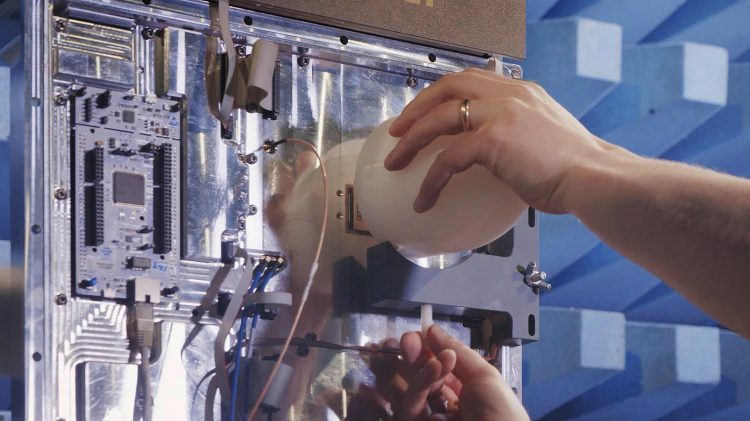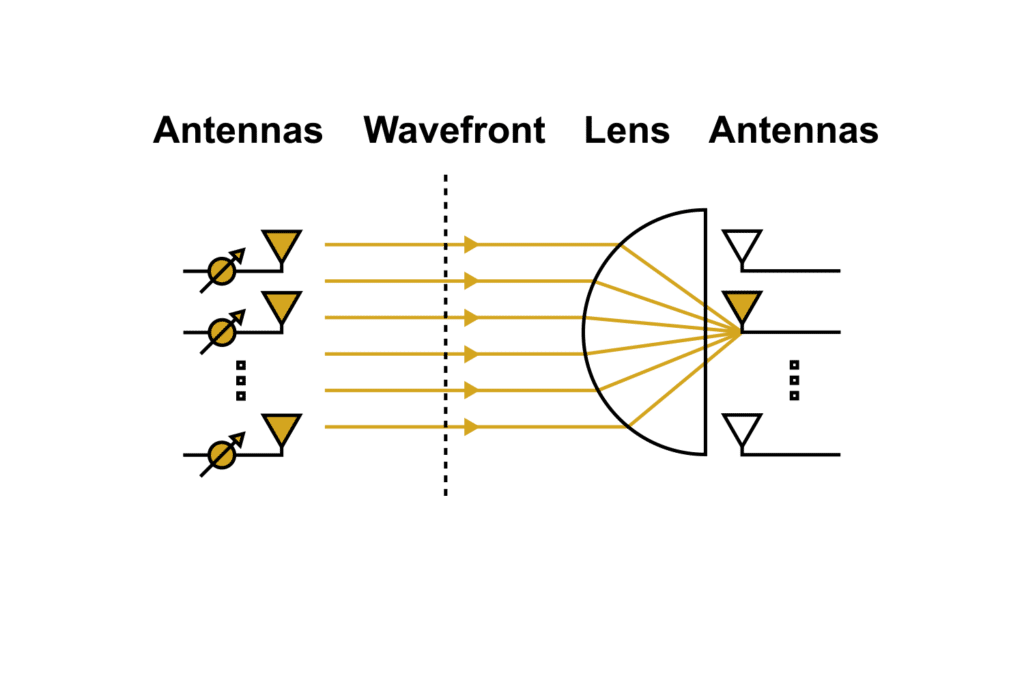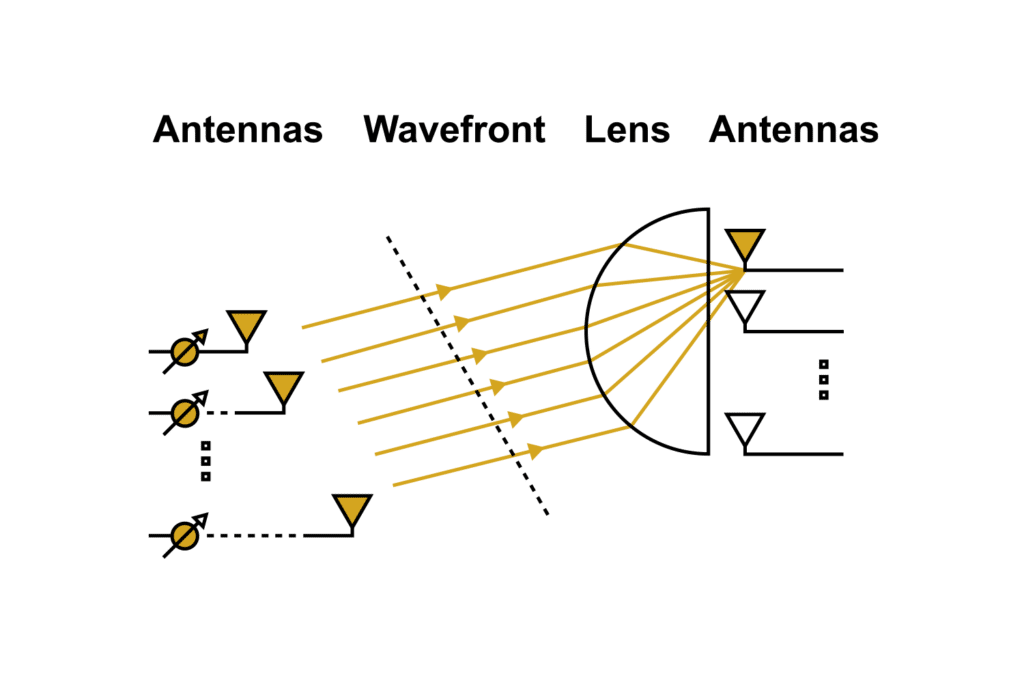
Innovative Beamforming with mmWave Communications
Millimeter wave (mmWave) communications empowers transmission frequencies between 30 GHz and 300 GHz. The higher frequencies will decrease the size of antennas which enables unforeseen opportunities for antenna directivity and innovative beamforming.
6G Flagship’s mmWave communications demo illustrates the essential role of beamforming and shows how antennas and control mechanisms developed by the radio frequency (RF) research group at the University of Oulu help to optimise 6G radio in an energy-efficient manner.
“In a nutshell, beamforming means that we transmit energy only to those directions that are required and receive energy only from those directions that are useful,” specifies Nuutti Tervo, who develops techniques for utilising beamforming to improve the linearity of an RF transmitter.
Beamforming is mandatory in mmWave systems to get any signal through. “But it is also an enabler,” Tervo notes. “For example, beamforming helps to serve multiple users at the same time, at the same frequency, or even create multiple parallel links between the transmitter and receiver. Using it in such an extensive scale enables also new applications such as imaging, sensing and localization. Beamforming can also be employed to improve the system’s energy efficiency and linearity, so it is not only a power focusing technique. And these are all critical aspects of future systems.”
The demonstration shows two different beamforming techniques in practice which can be used in both link ends. “In high frequencies, phased antenna arrays are currently the dominant technique for beamforming,” Tervo says. “There the wavefront direction is changed by phase shifting the signals exited by individual antenna elements. As a result, the beam can be electrically steered to different directions.”
In 6G research, radio lenses which are similar to those used in regular cameras, have gained a lot of attention recently. “Especially when going towards the higher end of the mmWave spectrum, lenses start to be a considerable approach for beamforming as their physical size becomes decent,” Tervo says. “Lenses can also be used for beamforming, for example, by simply exiting the lens from different antenna elements to change the direction of the wavefront.”


The demo aims to illustrate the basic principles of the two beamforming techniques in a tangible manner. “The user can control the beam directions, transmit power and receiver attenuation and play with signal levels and linearity to optimise the link performance,” Tervo says. ”The impact is observed in the received signal quality and achieved data rate. As a result, the user sees the importance of beamforming techniques, power, and gain control on the radio link performance in practice.”
5G mmWave systems are slowly starting to be available in the market, but there is still a lot of work left to make them affordable for regular consumers. “High data rate and directive beams enable new applications while they will also improve the quality of applications such as virtual reality, high quality video and localisation,” Tervo notes. “In 6G systems, the role of beamforming is expected to be even more important than in 5G.”
During the last years, the demo platform has been a very important research tool for the RF group, allowing the evaluation of different techniques in real communication systems. “We have, for instance, used the platform as a tool to demonstrate phenomena, perform calibration, test measurement techniques, implement beamforming, and develop signal processing techniques,” Tervo specifies.
The platform has played a key role in nearly 30 peer-reviewed research papers, many of which have been published in top journals of the field, and new ones are coming regularly. “In RF research, experimental results are considered mandatory to showcase the claims,” Tervo concludes. “That is a fact.”
Watch 6G Radio – mmWave Communication Demo
This article has been published in the 6G Waves magazine. Get a taste of our digitalized future and download the latest issue of 6G Waves!